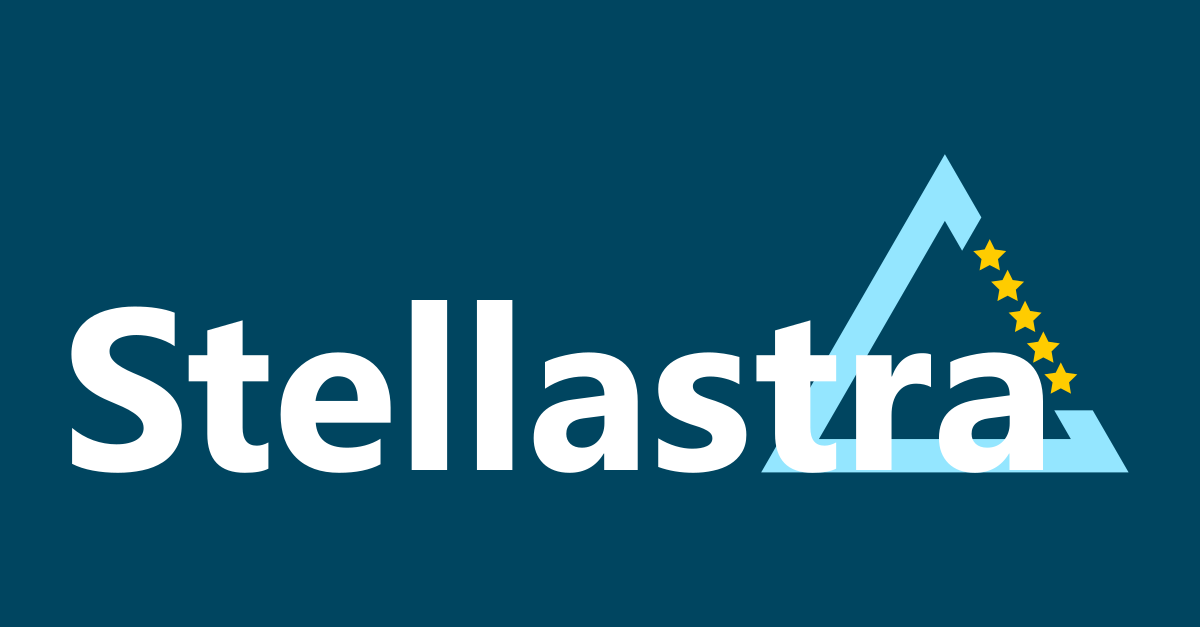· 2 min read
Achieving PCI-DSS 4.0 12.3.3 compliance through Crypto Agility
What is crytographic agility and how can it help you achieve PCI-DSS 4.0 12.3.3 compliance?

PCI-DSS 4.0 12.3.3
What is Cryptographic Agility and How Can It Make Me Compliant with PCI-DSS 4.0 12.3.3?
Cryptographic protocols, algorithms, and implementations are the backbone of secure communication and data protection in digital systems. However, despite rigorous design and analysis, flaws can still emerge over time due to advances in cryptanalysis, changes in computing power, or unforeseen vulnerabilities. These flaws can range from weaknesses in algorithm design to implementation errors in software or hardware. For instance, a cryptographic algorithm that was once considered secure may be found to have exploitable weaknesses as computing power increases, enabling attackers to break the encryption more easily. Similarly, a protocol might be vulnerable to man-in-the-middle attacks or side-channel attacks due to implementation flaws or inadequate key management practices. In response to these vulnerabilities, the concept of cryptographic agility becomes crucial. Cryptographic agility entails the ability to swiftly adapt cryptographic algorithms, protocols, and implementations to address emerging threats or vulnerabilities. This adaptability ensures that organizations can maintain the confidentiality, integrity, and authenticity of their data even in the face of evolving security challenges while maintaining compliance with PCI-DSS 4.0 12.3.3. By proactively updating cryptographic components and transitioning to stronger algorithms or protocols, organizations can mitigate the risk of potential attacks and safeguard their sensitive information. Implementing cryptographic agility within your organizations is also necessary for preparing for post quantum cryptography. However, achieving cryptographic agility requires careful planning, robust cryptographic expertise, and seamless integration of new technologies. Here’s how Stellastra can assist you with each of the points required for PCI-DSS 4.0 12.3.3 compliance.
”An up-to-date inventory of all cryptographic cipher suites and protocols in use, including purpose and where used.”
Stellastra will assist you in building a closely controlled and comprehensive cryptographic cipher suite to ensure that any vulnerabilities in cryptographic protocols, algorithms, and implementation can be quickly patched to eliminate the cryptographic risk within your organization.
”Active monitoring of industry trends regarding continued viability of all cryptographic cipher suites and protocols in use.”
Stellastra monitors all of your cryptographic cipher suites at both the theoretical and technical implementation level, alerting you if any are broken.
A documented strategy to respond to anticipated changes in cryptographic vulnerabilities.
Having generated a cryptographic inventory, your organization will have world-leading cryptographic agility so that you can ensure you are ready to respond to any and all failures of cryptographic ciphers.
Contact Us
Get Experienced Consulting Today


